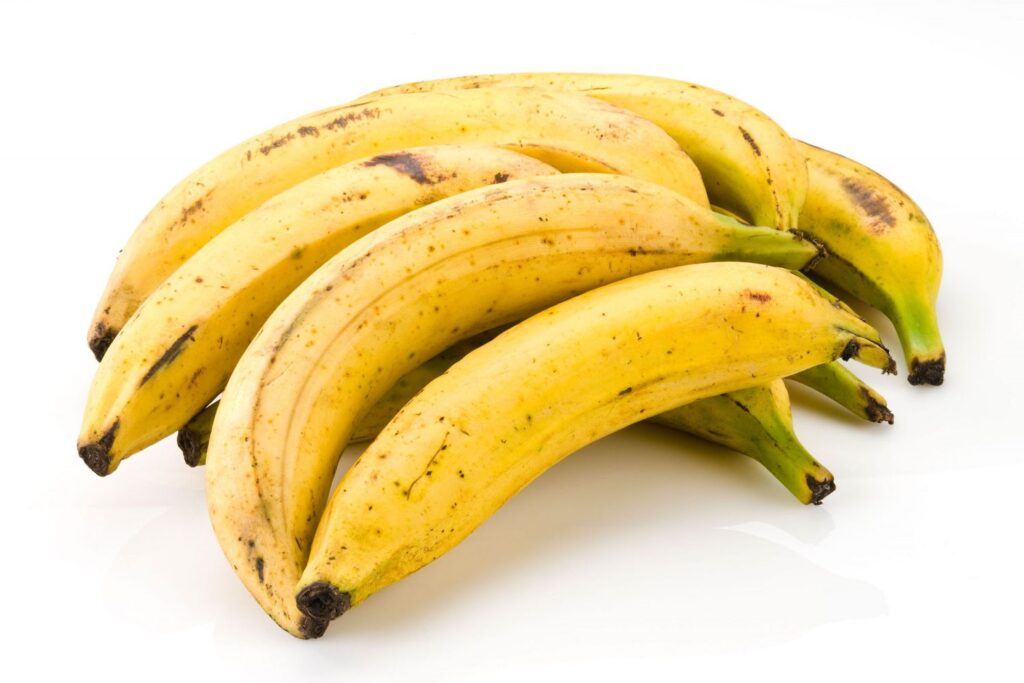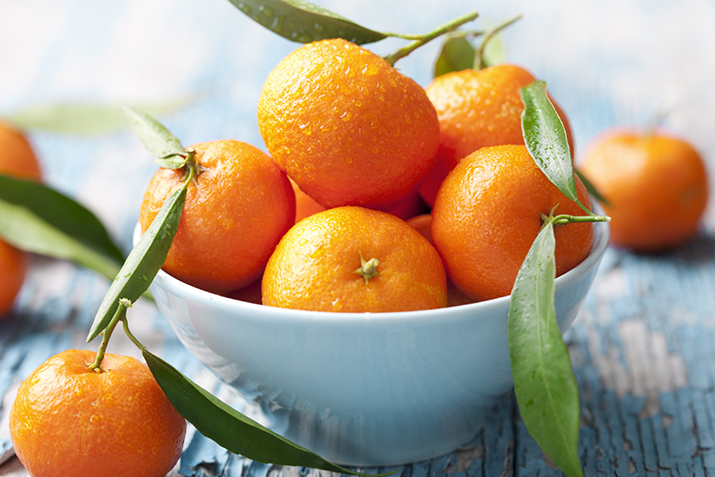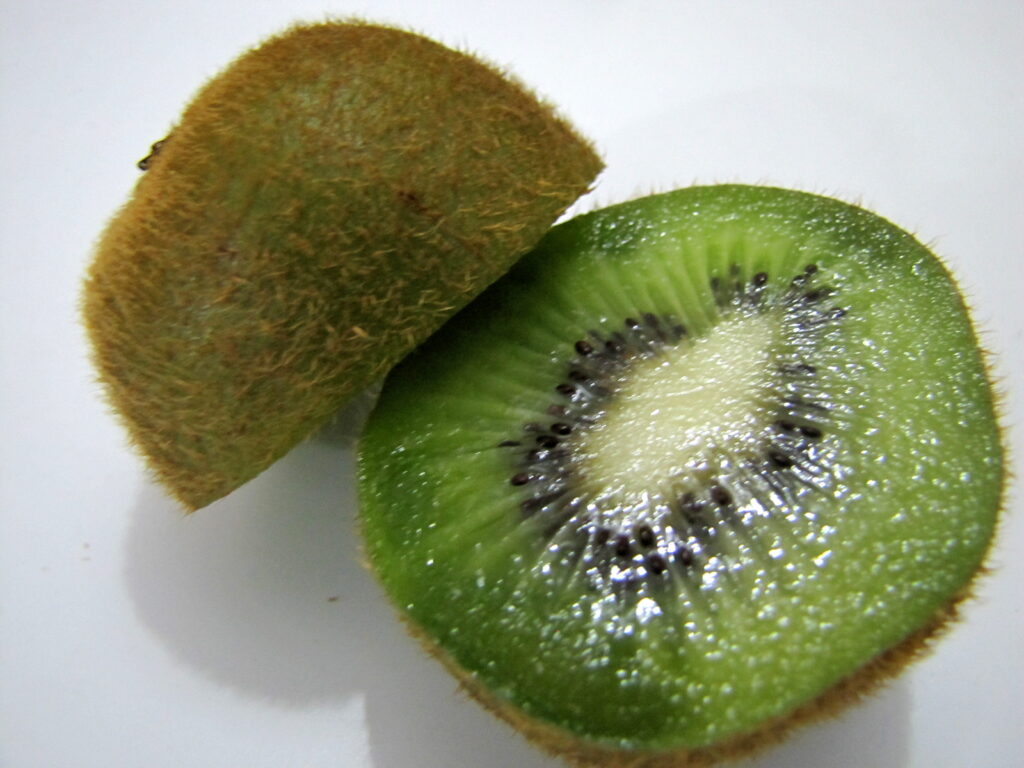The fruit known as pacay, or Inga feuilleei, is a delightful treat that comes from South America. It has an elongated shape and may be green or a bit yellow on the outside. Inside, there’s a soft, white part that tastes really good and is safe to eat, although the seeds cannot be eaten. Pacay can be enjoyed on its own, or used to make smoothies or desserts even better by adding a creamy, sweet taste.
Table of Contents
- A Taste That Stands Out
- Where Pacay Comes From
- How Pacay Is Grown
- When to Find Pacay
- What’s in Pacay?
- The Remarkable Benefits of Pacay
- Fun Ways to Eat Pacay
- Frequently Asked Questions (FAQs)
- What is the flavor of pacay fruit like?
- In what ways is pacay fruit used?
- What’s the correct way to eat pacay?
- Can you provide some tips on growing pacay?
- How big is the pacay fruit?
A Taste That Stands Out
Pacay is known for its taste that’s both sweet and creamy, often compared to vanilla or a mix of vanilla and almond. It’s not too sweet and has a little bit of a crunchy feel because of the seeds. This makes it a great ingredient for adding to desserts, drinks, or any treat that could use a boost in flavor. More and more people, both inside and outside of South America, are starting to enjoy pacay for its special taste.
Where Pacay Comes From
In South America, pacay has been part of traditional meals for a very long time. It grows well in countries like Colombia, Ecuador, and Peru, in the high areas like the Andes mountains. People love its creamy and sweet flavor, using it to make unique dishes and beverages.
The tree that gives us pacay means a lot to native people. It offers food, but it also gives shade and a place for animals to live. As the fruit becomes more popular around the world, it’s also becoming a bigger part of the food culture in the places where it’s grown.
How Pacay Is Grown
Pacay thrives in the warm, high elevations of the Andes in South America, especially between 600 and 2000 meters. The tree needs good soil that lets water drain well, enough water, and protection from very strong winds to grow its best and make lots of fruit.
It takes a few years for pacay trees to fully grow and they usually produce the most fruit after 5-7 years. The best time to pick the fruit is when it’s completely ripe, which is around December to February. It’s important to handle pacay gently when it’s picked, because it can get damaged easily.
Many farmers use the same growing techniques their families have for a long time, like mixing different plants together, using natural stuff to help the plants grow, and letting bigger trees protect the smaller ones from too much sun and wind. But some growers are starting to use newer methods, like watering systems and indoor gardens, and planting trees that have been improved to grow better.
When to Find Pacay
Pacay is usually available from December to February. Other times of the year, it can be tougher to find, but some specialty stores or online sellers might have it.
As it becomes more well-known, pacay is being sent to more places. While it’s still not something everyone knows about, its popularity is on the rise and it’s likely to become easier to find everywhere in the future.
What’s in Pacay?
Eating pacay is a great way to add a nutritious boost to your diet. Here’s what’s inside:
- Calories: At around 100 calories per 100 grams, it’s a snack that won’t make you gain a lot of weight.
- Fiber: With 5 grams of fiber in every 100 grams, it’s super for keeping your stomach happy and avoiding constipation.
- Vitamins: It has vitamins like B and C, which help your body defend against germs and keep you feeling good.
- Minerals: Pacay also has important minerals like potassium, magnesium, and iron, all of which are key to a healthy heart and strong bones.
It’s good to remember that how much of these nutrients you get can change depending on how much pacay you eat and how you eat it. Also, don’t eat the seeds because they’re not meant to be eaten. Enjoying pacay in moderation is the best way to make the most of its health benefits.
The Remarkable Benefits of Pacay
Pacay offers many health advantages, like:
- Helping with digestion, controlling sugar in your blood, and keeping your weight in check with its high fiber.
- Being full of vitamins and minerals, it helps your body stay fit and your immune system strong.
- Its antioxidants may lower your chances of getting long-term illnesses, such as cancer, heart problems, and diabetes.
- It’s low in calories, making it a good choice for a healthy eating plan.
Even with all these benefits, it’s still important to eat pacay as just one part of a well-rounded diet. Remember not to eat the seeds!
Fun Ways to Eat Pacay
Pacay is versatile and can be used in many yummy ways. Here are some ideas:
- Raw: Simply cut it open and enjoy the inside for a quick treat or after-meal dessert.
- Smoothies: Whizz it up with other fruits to make a healthy and tasty drink.
- Desserts: Make some cool and sweet treats like ice cream or sorbet with pacay.
- Fruit Salads: Add pacay to your salad for an extra touch of sweetness and creaminess.
- Toppings: Put some on your yogurt or oatmeal for a sweet and enjoyable burst of flavor.
Try out these simple ideas, or get creative and invent your own ways to include pacay in your diet. It’s a fruit that’s not only tasty but also good for you.









